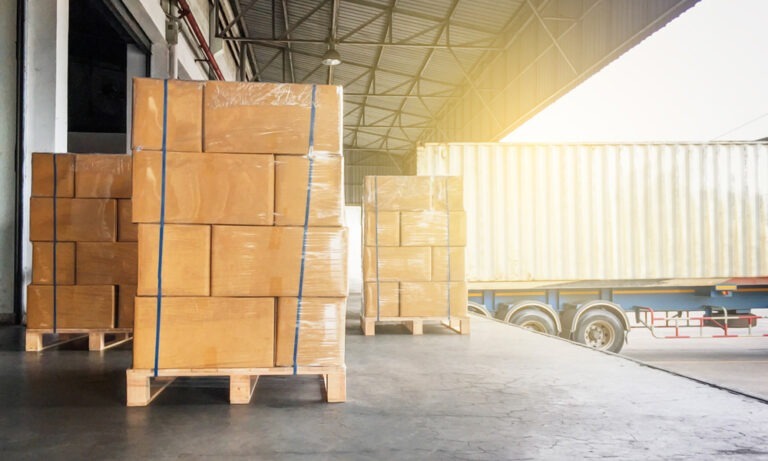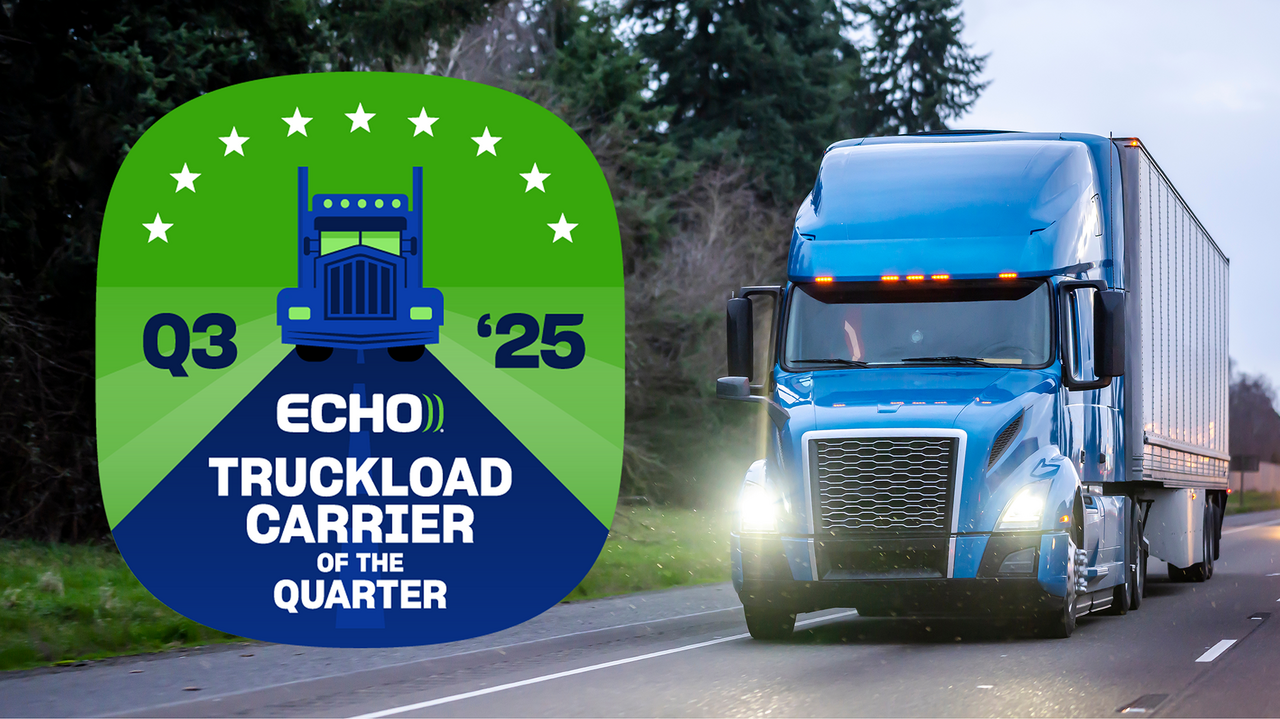Partial truckload is the sweet spot between LTL and full truckload shipments.
If your freight is too big for an LTL shipment but too small for a full truckload shipment, then partial truckload is the right transportation option for you. This also comes with the benefit of cost savings as well since you only pay for the space your freight uses instead of paying for the full trailer.
Typical Less Than Truckload Shipment:
Less than 12 linear feat
1 to 6 pallets
Typical Full Truckload Shipment:
Roughly 42,000 pounds
26 to 30 pallets
Typical Partial Truckload Shipment:
8,000 to 27,500 pounds
6 to 18 pallets

What are the Benefits of Shipping Partial Truckload?
The biggest difference between partial truckload and LTL is that partial truckload does not require freight class. This eliminates the potential for certain extra charges like reclasses and minimum density fees.
Partial truckload carriers rarely stop at distribution terminals along the way to their destination, which means your shipment is handled less (resulting in fewer claims) and may get to its destination faster. Compared to full truckload, partial truckload often has the advantage of cost savings. If your shipment is too small for a full truckload, shipping partial truckload can save you as much as 50%.
When to ship using partial truckload?
- Your shipment is approximately 6 to 18 pallets
- Your shipment is 8,000 to 27,500 pounds
- You ship 5,000 pounds or more using an LTL carrier
- You ship 10,000 pounds on a dedicated carrier because it’s cheaper than LTL
- You ship 10 or more pallets as a full truckload but don’t use all of the truck
- Your freight is light but takes up enough space to make LTL cost-prohibitive
- Your LTL carrier interlines your freight, resulting in higher costs and transit times
Informational

